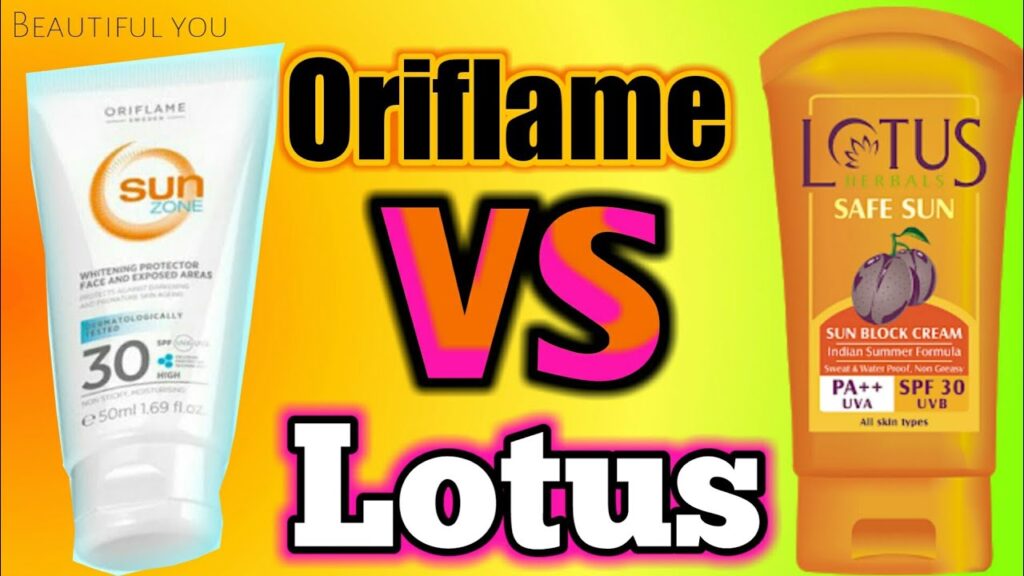Sunscreen Vs No Sunscreen | Miami beach body face sunscreen lotion, spf 30. Mineral sunscreens can also be. Dermatologists recommend using a sunscreen with an spf of at least 30, which blocks 97 percent of the sun's uvb rays. This excelled in our beauty lab tests. This sunscreen from beautycounter is a best seller for good reason.
Now, it's important to note that there is no perfect sunscreen. Any sunscreen is better than no sunscreen. It may also be called a chemical sunscreen. The odds are that the chemicals used in sunscreen will be proven dangerous in the near future. Sunscreen is only one tool in the sun safety toolbox.
Notably, in 2011 the fda banned the use of the term sunblock on sunscreen products. Kiss my face sport hot spots sunscreen stick, spf 30. Sunblock is a physical way to defend against ultraviolet (uv) rays. Than all other cancers combined, while two out of three australians will be diagnosed with skin cancer by the time they are 70. The food and drug administration is proposing additional tests for sunscreens in powder or aerosol form to ensure no nanoparticles or small particles are released that could damage the lungs (fda 2019). Trader joe's zinc oxide sunscreen lotion, spf 40. (in no particular order) the best beach and sport sunscreens. Ewg strongly discourages the use of loose powder makeup or spray sunscreens using titanium dioxide or zinc oxide of any particle size. After all, more people are diagnosed with skin cancer in the u.s. Beyond that, sunscreen is unique compared to many. As a result, sunscreen might be less effective than the spf number suggests. The degree of protection that sunscreen provides is directly related to the degree to which ultraviolet radiation is associated with the formation of the skin cancer. Typically, sunblock includes zinc oxide or titanium oxide.
Sunscreens with spfs greater than 50 provide only a small increase in uv protection. Sunblock, on the other hand, reflects the sun's rays from the skin, blocking the rays from penetrating the skin. Find out the pros and cons of each type of sun protection, plus which one the dermatologists we spoke to prefer. Mineral sunscreens begin working right away on both uva and uvb rays, so there's no need to apply 20 minutes before sun exposure. Sunscreen is often not applied thoroughly or thickly enough, and it can be washed off during swimming or sweating.

No spray sunscreen is as easy to apply properly as a lotion, and many—including this formula—can be accidentally inhaled. My kiddos were pretty amazed! These products are made from. Kiss my face sport hot spots sunscreen stick, spf 30. Squamous cell carcinoma, basal cell carcinoma, and melanoma. It all depends on the effort you put into using alternatives to sunscreen such as finding/making shade, staying out of the sun during peak uv times and wearing sun protective clothing. Find out the pros and cons of each type of sun protection, plus which one the dermatologists we spoke to prefer. Sunscreen and sunblock are not the same thing. The degree of protection that sunscreen provides is directly related to the degree to which ultraviolet radiation is associated with the formation of the skin cancer. It sits on top of the skin and acts as a barrier. The organization rated sunscreens from 1 to 10 (products with. Sunscreens with spfs greater than 50 provide only a small increase in uv protection. No, there are excellent studies that sunscreen protects against all three of the most common skin cancers:
Beyond that, sunscreen is unique compared to many. Kiss my face sport hot spots sunscreen stick, spf 30. It filters or screens the sun's ultraviolet (uv) rays. No spray sunscreen is as easy to apply properly as a lotion, and many—including this formula—can be accidentally inhaled. Dermatologists recommend using a sunscreen with an spf of at least 30, which blocks 97 percent of the sun's uvb rays.

It may also be called a chemical sunscreen. Mineral sunscreens begin working right away on both uva and uvb rays, so there's no need to apply 20 minutes before sun exposure. It filters or screens the sun's ultraviolet (uv) rays. And unlike chemical sunscreens, which typically take 20 to 30 minutes to absorb into the skin, mineral sunscreens offer immediate protection — no waiting needed. Sunscreens with spfs greater than 50 provide only a small increase in uv protection. The food and drug administration is proposing additional tests for sunscreens in powder or aerosol form to ensure no nanoparticles or small particles are released that could damage the lungs (fda 2019). Find out the pros and cons of each type of sun protection, plus which one the dermatologists we spoke to prefer. Banana boat kids sport sunscreen stick, spf 50+. Trader joe's zinc oxide sunscreen lotion, spf 40. The odds are that the chemicals used in sunscreen will be proven dangerous in the near future. The degree of protection that sunscreen provides is directly related to the degree to which ultraviolet radiation is associated with the formation of the skin cancer. Squamous cell carcinoma, basal cell carcinoma, and melanoma. Sunscreen is the more commonly used type of sun protectant.
It may also be called a chemical sunscreen sunscreen. Than all other cancers combined, while two out of three australians will be diagnosed with skin cancer by the time they are 70.
Sunscreen Vs No Sunscreen: It keeps most rays out but lets some in.
No comments:
Post a Comment